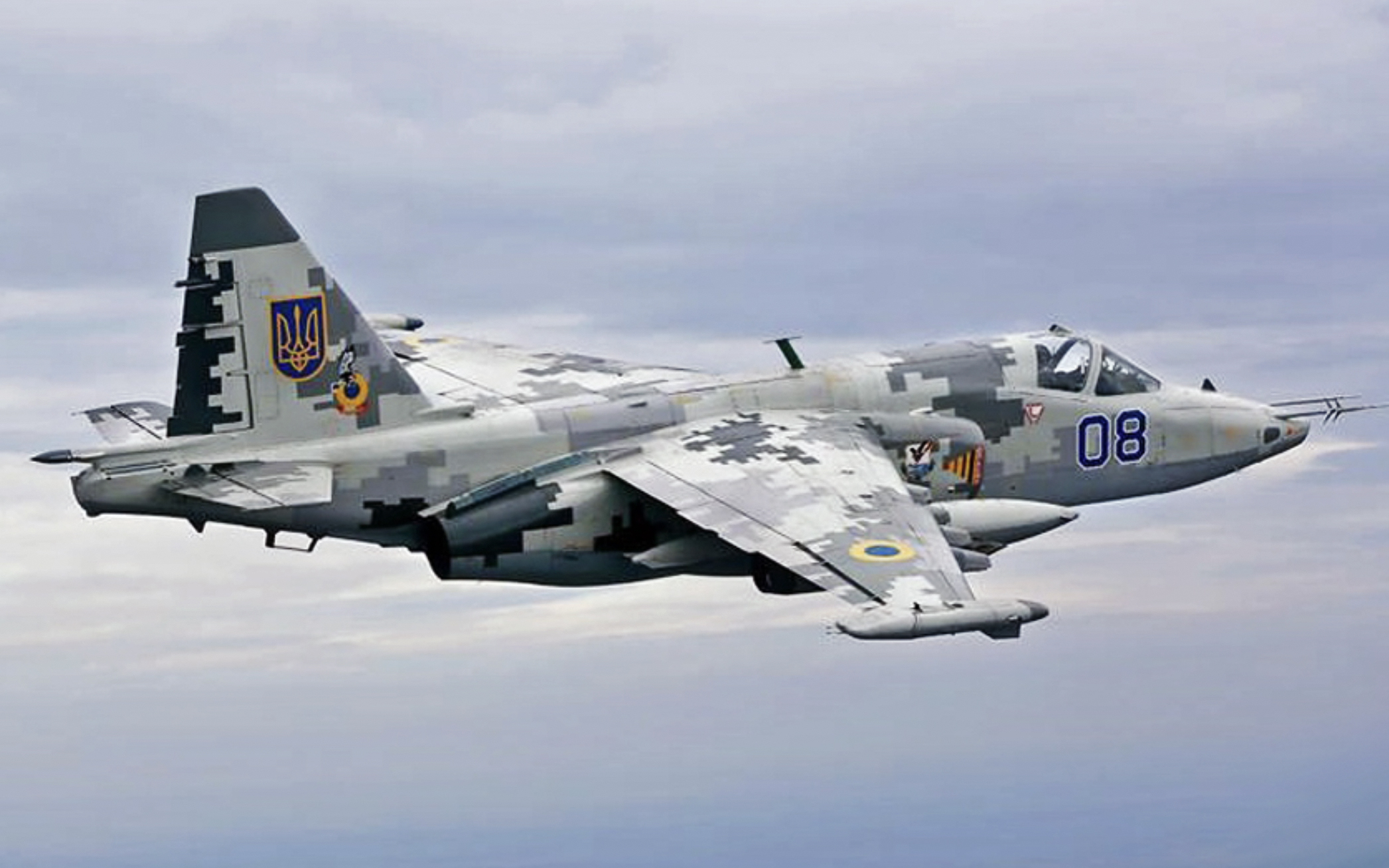Ukraine’s battle-worn fleet of Su-25 Frogfoot ground-attack aircraft has run out of unguided munitions, a reflection of the huge number of sorties and prolific range of targets these jets were being tasked against. Meanwhile, the aircraft is now relying on Western-provided precision-guided weapons, a reflection of the demands of the war that are driving innovation in the Ukrainian Armed Forces. This is among the revelations from a senior Ukrainian Air Force official, interviewed recently, which provide some fascinating insights into the air war with Russia.
In a wide-ranging interview with Radio Free Europe/Radio Liberty’s Ukrainian-language channel, Serhiy Golubtsov, the head of aviation within Ukraine’s Air Force Command, described the realities of combat for the air force as well as some of its plans for the future introduction of the F-16 fighter — the first examples of which are expected to arrive sometime this summer. While the interview is in Ukrainian, @Dmojavensis on the social media platform X has very helpfully posted English translations for the key takeaways.

Especially interesting is the news that, according to Golubtsov, the supply of Western-provided Zuni unguided rockets that were integrated on Ukrainian Su-25s have now been exhausted. The transfer of 4,000 Zuni rockets to Ukraine was first confirmed in January 2023, as part of a $3-billion Pentagon aid package that was headlined by 50 M2 Bradley infantry fighting vehicles.
“At the beginning of the war, we had plenty of unguided munitions for these airplanes for ground attack; we used them up within the first year, after which our partners began transferring us their unguided munitions, specifically Zuni rockets,” Golubtsov explains.
As for the Zunis, “we used to use a lot as well, but as of now no more such rockets are left in the world. Restarting their production doesn’t make sense due to transitioning to high-precision munitions.”
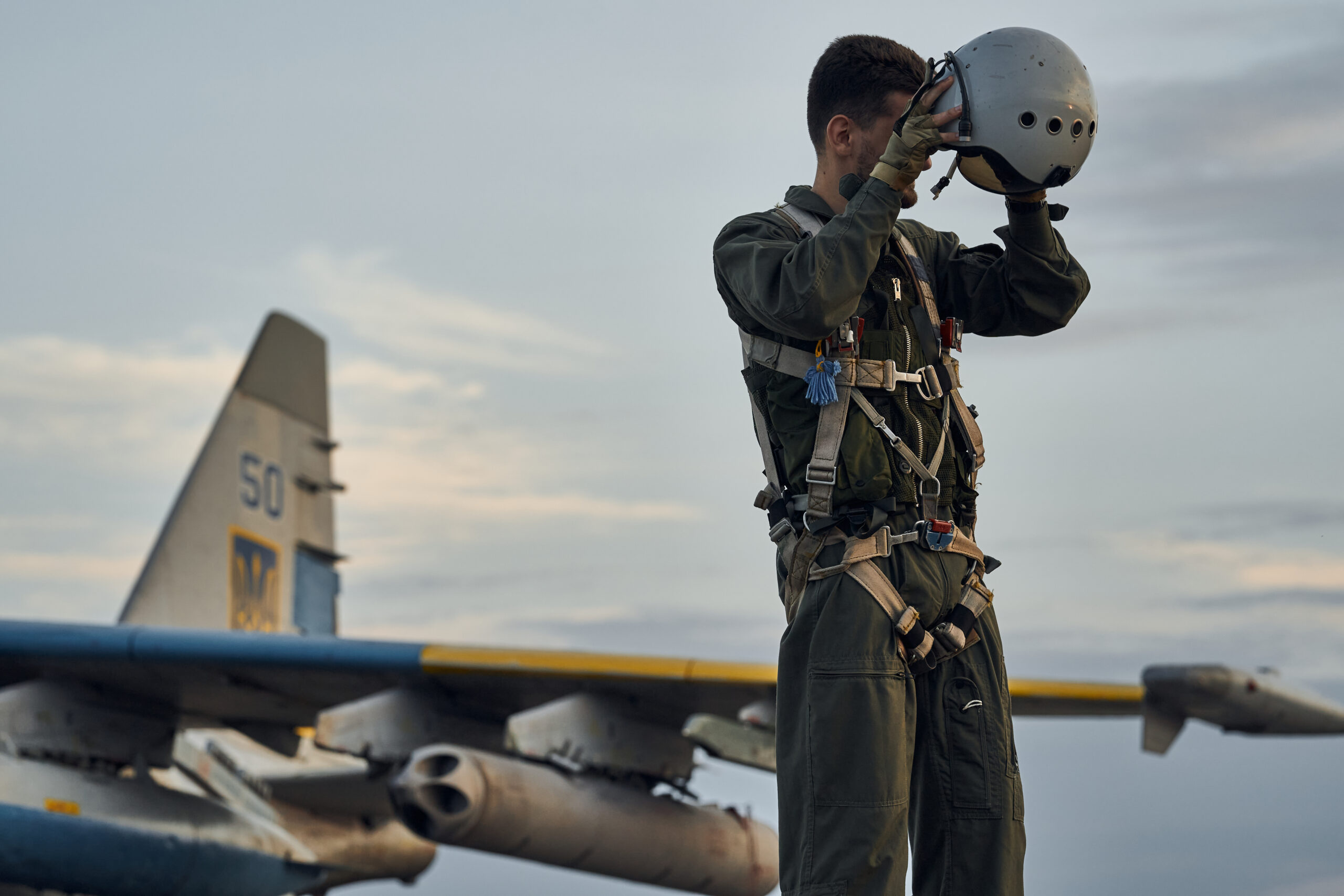
It wasn’t previously known that the rocket-assisted Hammer had been integrated on the Frogfoot, with previous confirmation only that it was being used by the MiG-29 Fulcrum and reportedly also the Su-27 Flanker. The Hammer is also the first Western precision-guided munition of any kind known to be used by the Ukrainian Su-25.
In terms of tactics, the Hammer is already a good fit with the Su-25. It can be launched at low level, where the Su-25 has the best chance of surviving, with the rocket lofting the weapon toward targets across the front. Previously, Su-25s adopted loft tactics to add extra range to their unguided rockets, but adding the Hammer brings much greater standoff reach and a much harder-hitting weapon specifically adapted for low-altitude launch profiles. Its ability to rocket up to altitude from its launch point is something tossing glide weapons in a similar manner cannot compete with.
Golubtsov rates the Su-25 and Hammer combination as “very effective” and says that, in addition to France’s delivery of 50 such weapons per month to Ukraine, there has also been a pledge to provide at least 300 more.
In regards to the other Western-supplied precision-guided weapons used by the Ukrainian Air Force, Golubtsov says that the AGM-88 High-speed Anti-Radiation Missile, or HARM, is still used “daily” but that Russian forces have adapted to its presence by turning off their air defense radars and/or changing their operating frequencies.

The GBU-39/B Small Diameter Bomb (SDB) is considered an especially useful weapon due to its small size, which makes it much harder for Russian air defenses to deal with. At the same time, individual aircraft can be loaded with multiple SDBs, allowing more targets to be struck per sortie. Their ability to glide dozens of miles is also obviously a huge plus.
Earlier reports suggested that the SDB has also proven notably resilient to jamming. According to an article in The Washington Post last month, citing confidential internal Ukrainian assessments, “nearly 90 percent of dropped [Small Diameter Bombs] struck their target.”
On the other hand, the effectiveness of the Joint Direct Attack Munition is restricted by the limited quantities of these weapons that are available to Ukraine — which is so far understood only to have received the Extended Range (JDAM-ER) version of the weapon, stocks of which were already very limited.
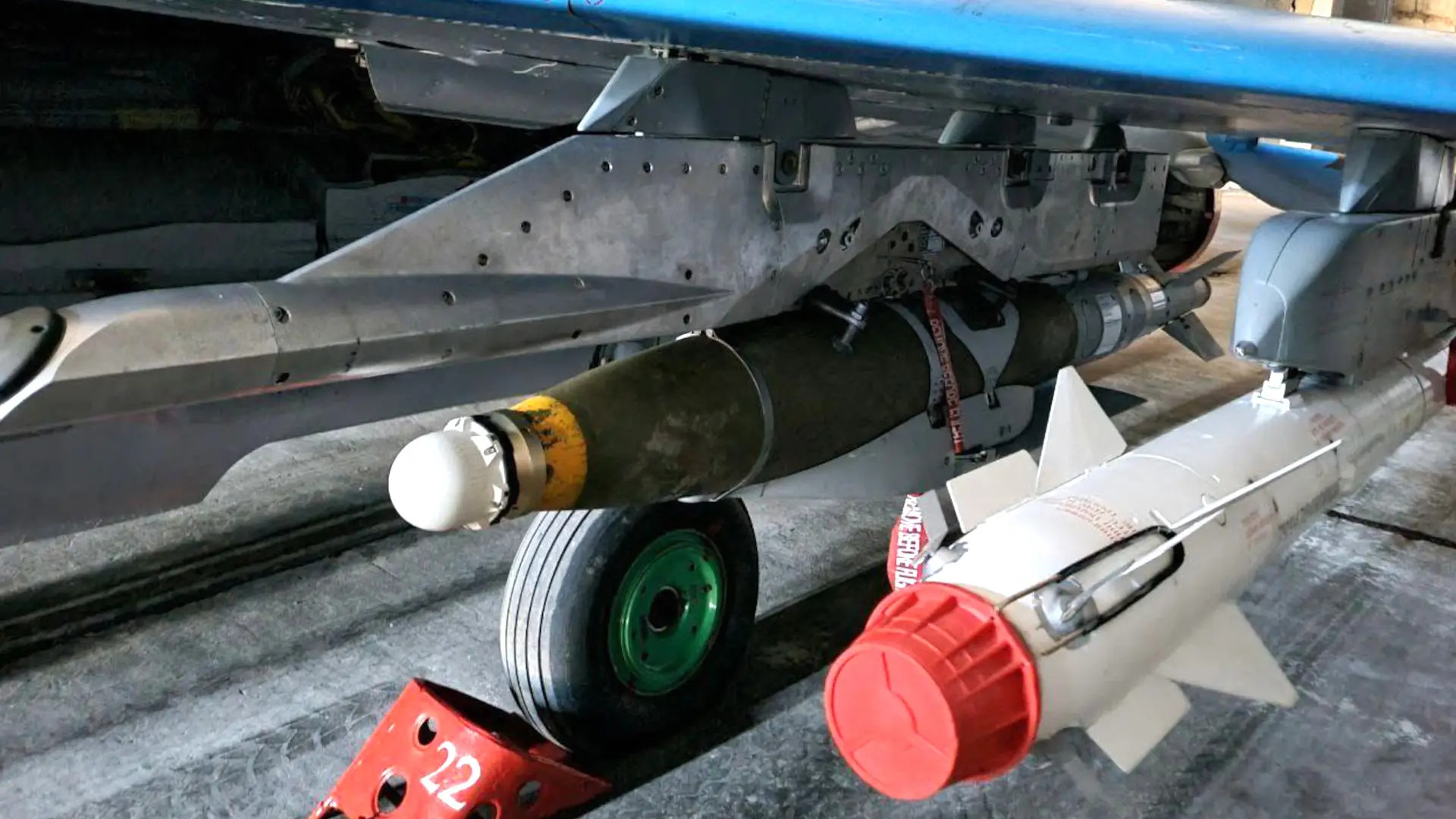
In response to the diminishing stocks of JDAMs, as well as Russia’s huge numerical superiority in terms of precision-guided munitions, Golubtsov confirms that Ukraine is now domestically producing its own precision-guidance/glide-bomb kits. These are due to be tested “in a few weeks,” Golubtsov says. The official also says that, at this point, “enough” aircraft have been adapted for JDAM carriage, suggesting that the new Ukrainian glide bombs will be ported over onto the same aircraft, as an answer to Russian weapons in the same class.
Ukraine has achieved some notable successes with its Western-supplied long-range air-launched cruise missiles, the Storm Shadow, and the similar SCALP EG.
As anticipated, these missiles are typically used in conjunction with HARM and the ADM-160 Miniature Air Launched Decoy (MALD) to suppress Russian air defenses as the cruise missiles make their way to their targets. Golubtsov added that these complex strikes also use drones and electronic warfare, to increase the chances of success, while operational planning includes the Defense Intelligence of Ukraine (GUR), the Security Service of Ukraine (SBU), and the General Staff.
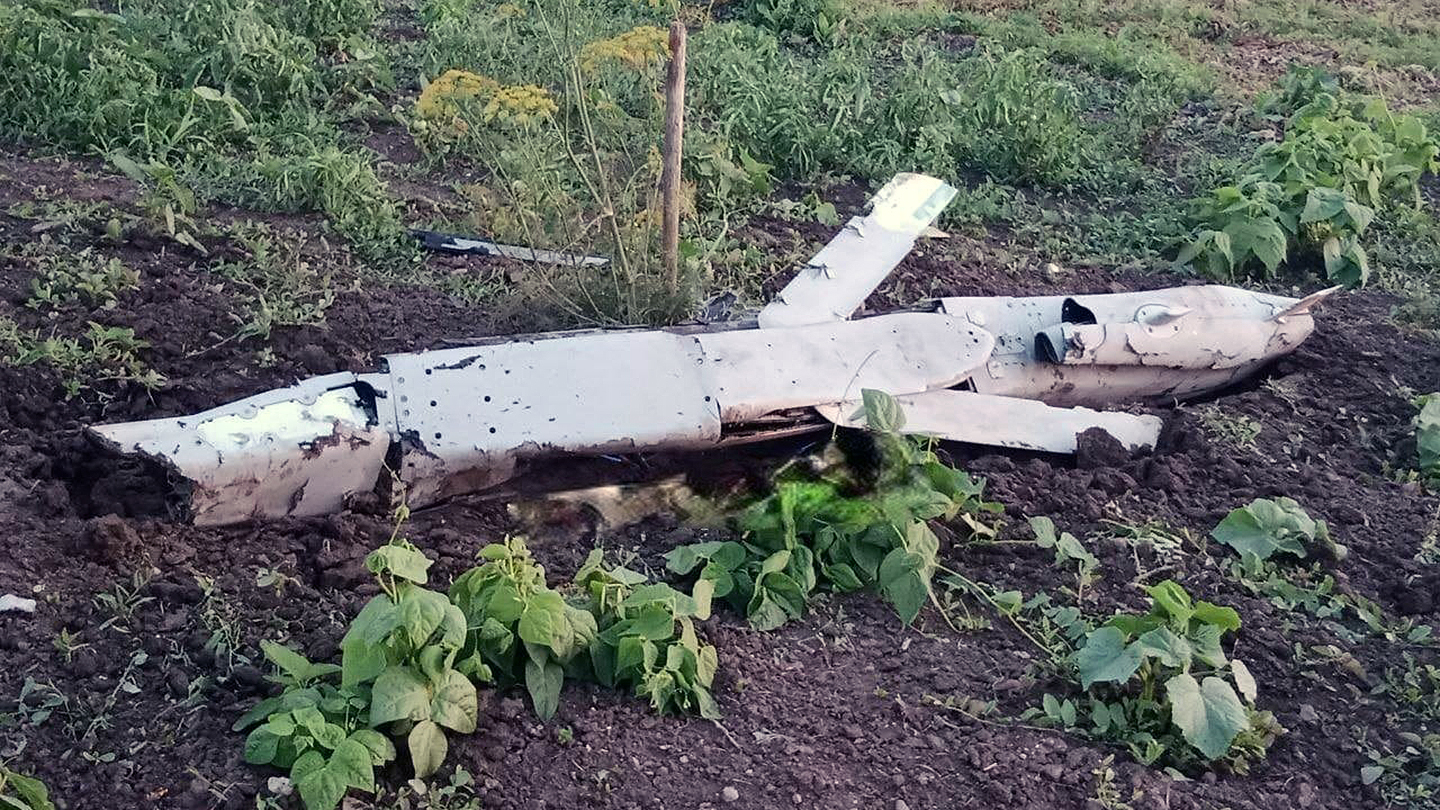
Golubtsov admits that “some” Storm Shadow and SCALP EG missiles are brought down by Russian air defenses, but they are overall highly effective. Both those missiles are currently pre-programmed with their target coordinates while on the ground, making the process of integration on the Soviet-era Su-24 Fencer strike aircraft much more straightforward.
Currently, only the Su-24 is launching Storm Shadow and SCALP EG, although recent reports indicate plans to include the same capability on Ukraine’s forthcoming French-supplied Mirage 2000-5 fighters.
All this evidence points to the Ukrainian Air Force working hard to get as much effectiveness out of its aging, and depleting fleet of Soviet-era warplanes. This has been aided by a considerable degree of ingenuity as regards the integration of Western munitions but also how the aircraft have been used in combat. Combat losses have also been compensated, at least to a degree, by returning to service aircraft that had long been demoted to long-term storage.

However, the future for the Ukrainian Air Force rests very much on the arrival of the F-16, examples of which have been pledged to Kyiv by Belgium, Denmark, the Netherlands, and Norway. At the latest count, around 85 F-16s have now been committed to Ukraine and there have been suggestions that the first of these jets could arrive in Ukraine as early as next month.
Not surprisingly, Golubtsov is tight-lipped about the timeline for F-16 deliveries, but he did provide some useful clues as to how these aircraft might be employed.
Most importantly, perhaps, Golubtsov presents the Ukrainian F-16 as part of a wider ecosystem of complementary assets that, together, should push Russian airpower further back. In particular, he points to the threat posed by Russian tactical aircraft armed with precision-guided glide bombs. This is a menace that Ukrainian officials have repeatedly highlighted and one for which, until now, there has been no really effective solution.

Golubtsov talks of the F-16 being used in conjunction with the recently pledged Saab 340 airborne early warning and control (AEW&C) aircraft, Patriot air defense systems, and the Link 16 tactical network to counter these Russian aircraft.
Golubtsov refers to the AIM-120 AMRAAM that will be the primary air-to-air armament of the F-16 and notes that “some data” indicates a range of at least 180 kilometers (112 miles).
Speaking last September, Yuriy Inhat, the spokesman for the Ukrainian Air Force, also said “The United States will supply Ukraine with AMRAAM aircraft missiles with a range of 160-180 kilometers.”
This would be at the upper end of the performance attributed to the most advanced AIM-120D model, although there’s no evidence so far that this particular version of the weapon is headed to Ukraine.
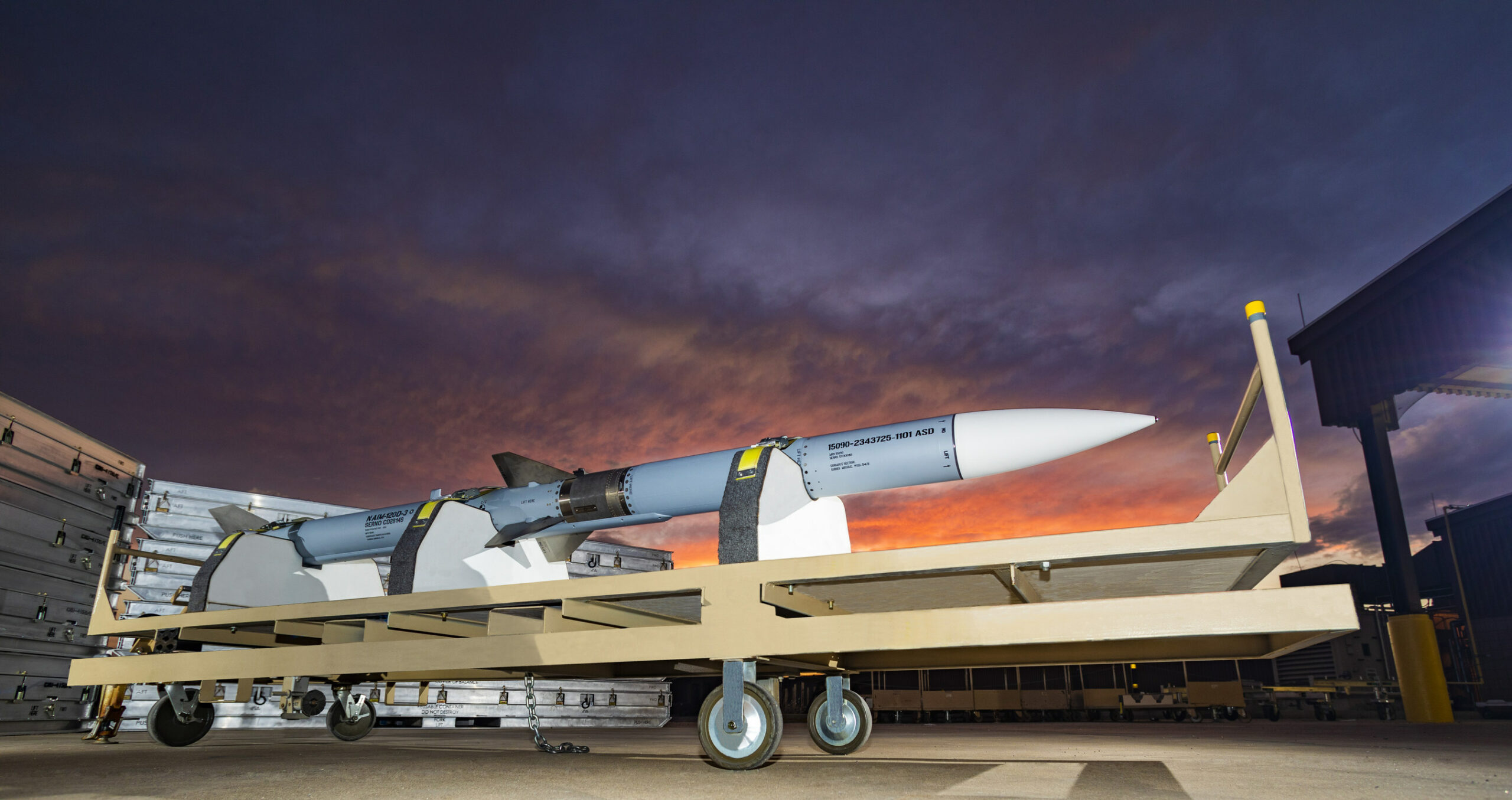
Meanwhile, it seems the Ukrainian F-16s will have improvements made to their existing radar systems as well as targeting pods for ground-attack missions. In their standard Mid-Life Update form, the F-16s that have been earmarked for transfer to Ukraine use the AN/APG-66 mechanically scanned radar, which has been subject to successive upgrades, including adding AMRAAM capability and enhanced air-to-ground and ground-mapping modes. The Sniper targeting pod has also been integrated as part of the MLU program.
Golubtsov doesn’t discuss which offensive weapons Ukrainian F-16s are going to use, but the various options are something that TWZ has discussed in depth in the past.
However, in an air defense role, the Ukrainian Air Force envisions the F-16s making a similar kind of impact on Russian airpower as the employment of Ukrainian Patriot systems has done in the past.
Golubtsov recalls that the innovative use of Patriot systems “on a specific front segment” last year resulted in 13 Russian aircraft being shot down over a two-week period and also put an end to Russian glide bomb launches on parts of the Chernihiv and Kherson front lines.
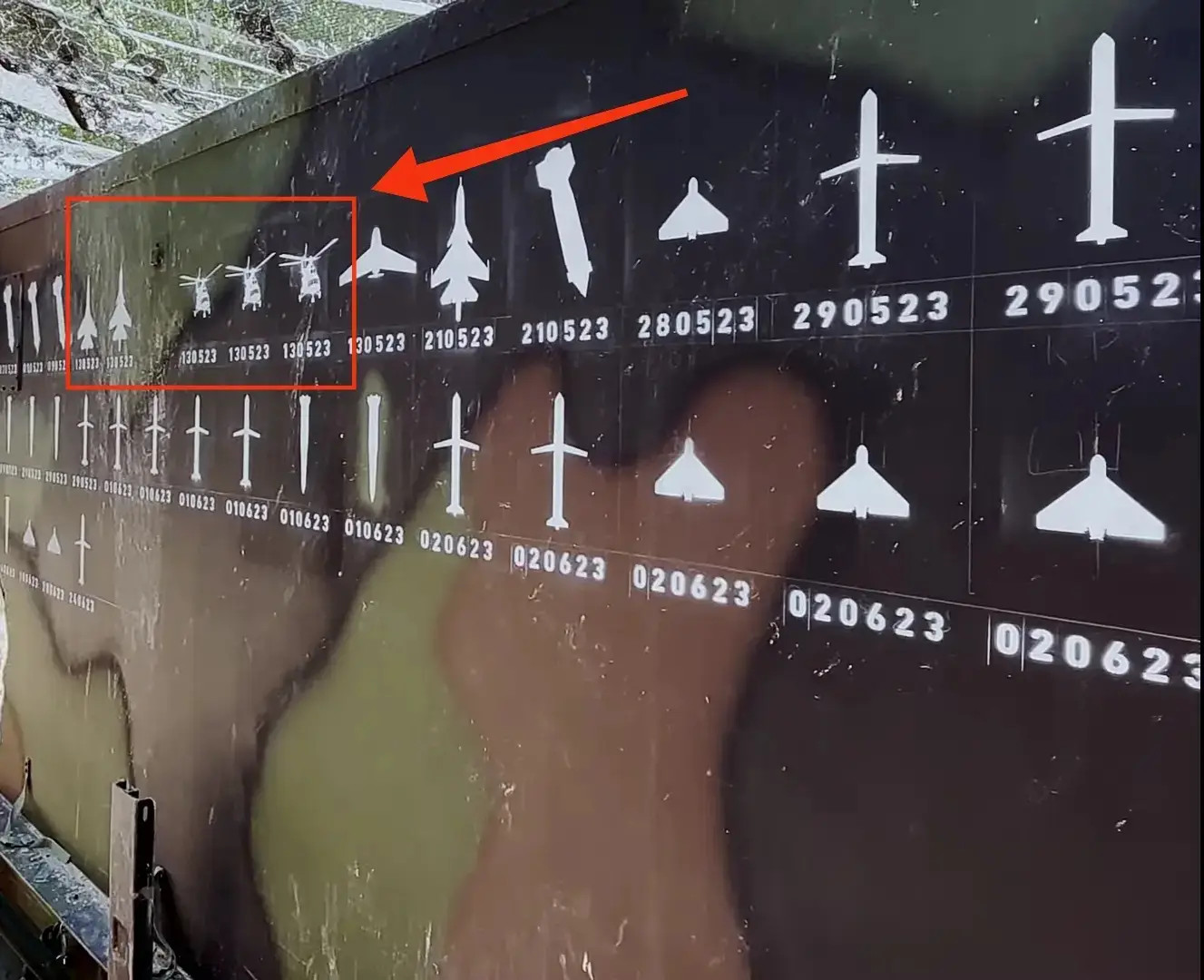
Golubtsov expects the addition of the F-16 to have a similar effect, forcing the Russians to change tactics or even suspend glide bomb operations in certain areas. At the same time, it will mean that Russia goes after the F-16s specifically, something that has also been seen in its efforts to destroy Patriot systems.
Of course, this point is not lost on Ukrainian planners and Golubtsov confirms that some of the F-16s will remain at bases in other countries where they will continue to be used to train pilots and maintainers but will also provide a reserve that the Ukrainian Air Force can tap into when more airframes are needed. The likely locations include Denmark and Romania, where Ukrainian pilots are known to be training on F-16s.
Soon after Golubtsov’s interview, Andrei Kartapolov, the head of the Russian State Duma lower house of parliament’s defense committee, said that jets and airfields outside Ukraine could be considered legitimate targets by the Kremlin, the RIA state news agency reported. Kartapolov said that these would be seen as targets if they take part in combat missions against Russian forces, although it’s unclear how directly they would have to be involved. There’s no indication, for example, that Ukrainian F-16s would launch any combat missions from outside of the country.
With all this in mind, the exact number of F-16s present in Ukraine at any one time will be governed by the availability of “pilots, engineers, technical staff, and airfields.”
As long as Ukraine still has stocks of surface-to-air missiles and other munitions, Golubtsov is confident those airfields will be adequately protected against air-breathing threats, including against Russian attacks involving up to 20 cruise missiles. More concerning are ballistic missile attacks, which would likely employ Iskander short-range ballistic missiles and/or Kinzhal air-launched ballistic missiles, Golubtsov contends.
Pointing to the very significant challenges in training Ukrainian Air Force personnel to operate the F-16, bearing in mind the major differences with Soviet-era equipment, Golubtsov says that a “crawl, walk, run” approach is being adopted.

“At this point, we haven’t learned how to crawl,” Golubtsov admits. “When the aircraft arrive in Ukraine we will understand that we can crawl, trying the aircraft out deep inside Ukraine in relatively safe airspace. Then we’ll learn to walk, and then to run — achieving air superiority.”
That is a hugely ambitious target but one that could be supported by the introduction of other Western fighter types.
As well as the Mirages now promised, Golubtsov notes that Ukraine “is very interested” in receiving the Saab Gripen, a type that has been repeatedly linked with a possible transfer to Kyiv in the past. Golubtsov says that the Gripen was formally offered, but only after the F-16, so preparing infrastructure for the U.S.-made jet became the priority. TWZ originally posited the JAS-39 Gripen would be an ideal fighter for Ukraine, if it were actually available for transfer.
Golubtsov’s comments certainly shine an interesting light on some of the key recent developments in the air war over Ukraine. While the arrival of the F-16 will be a hugely significant event, the Ukrainian Air Force remains committed to getting the most out of its existing inventory and, especially, providing them with the most effective available weapons.
Contact the author: thomas@thewarzone.com
